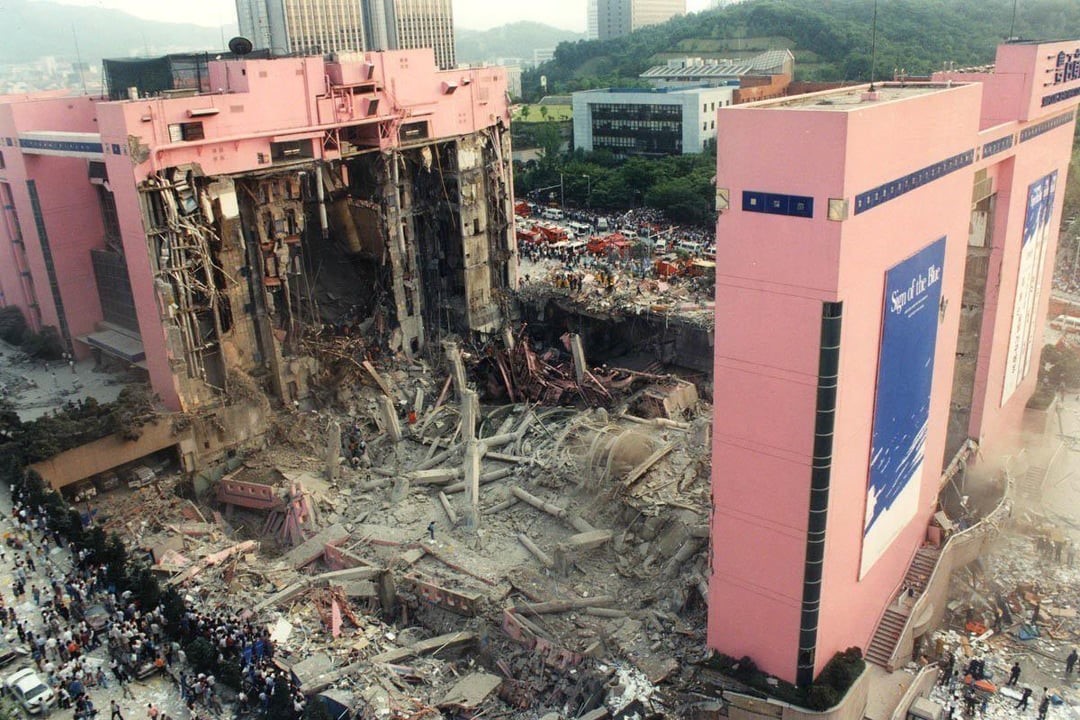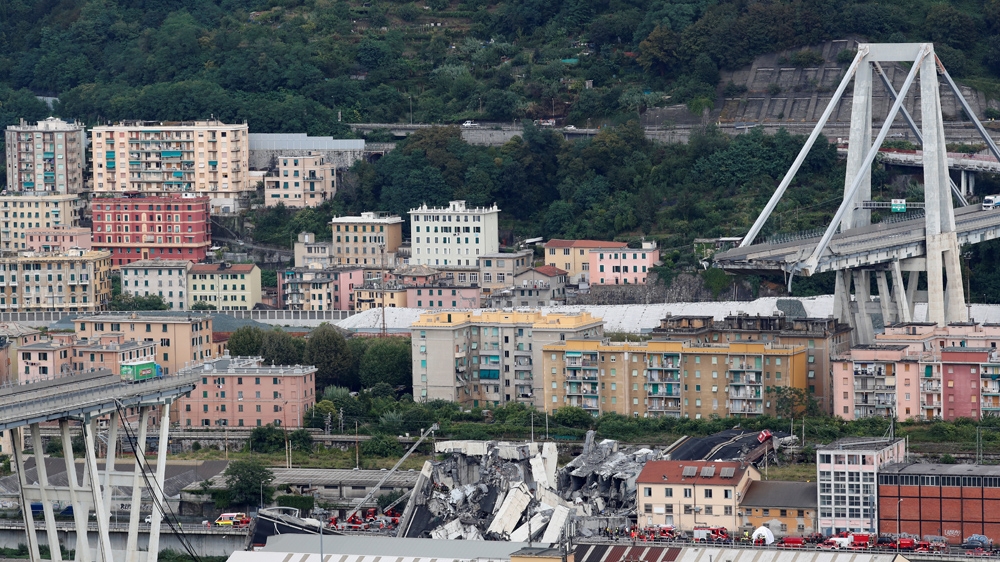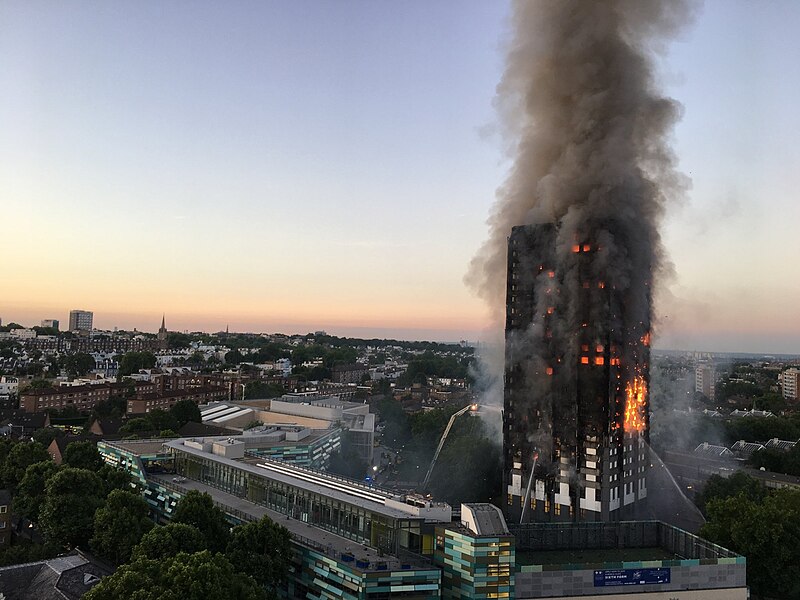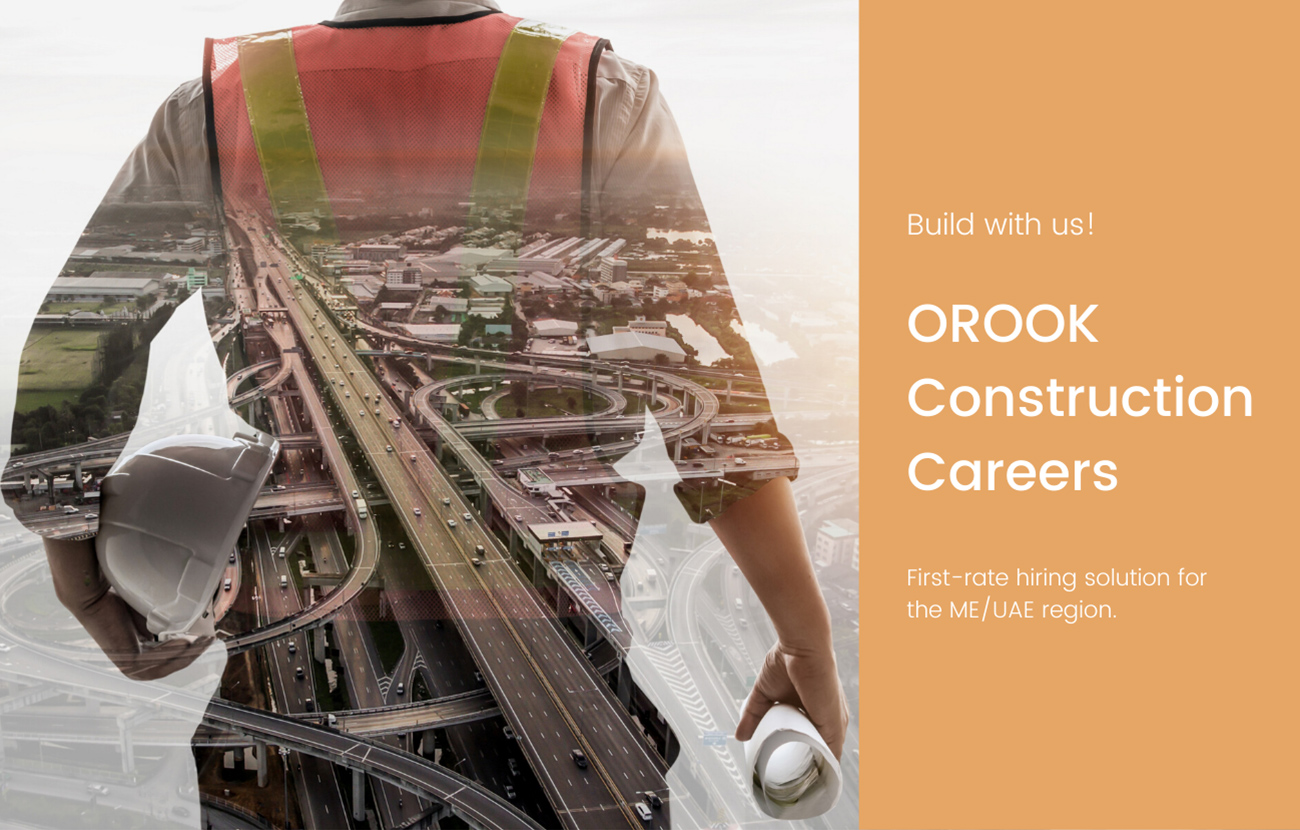In the fast-evolving world of construction and architecture, ethical considerations remain a cornerstone of professional practice. As technology advances and projects become increasingly complex, engineers and architects face new challenges that test traditional ethical frameworks. Experienced professionals recognize that while core principles such as safety, integrity, and accountability continue to guide the industry, the ways in which these principles are upheld must adapt to modern realities. Let’s explore the key ethical issues confronting today’s construction professionals, reflect on real-world examples, and consider how adherence to ethics can be strengthened amid emerging technologies and global challenges.
Core ethical principles in construction and architecture
At the heart of our profession lie several enduring ethical principles:
- Safety and Welfare: Above all, engineers must prioritize the safety, health, and welfare of the public. This means designing and building structures that are sound, reliable, and compliant with standards.
- Integrity and Honesty: Accurate representation of capabilities, transparent communication, and truthful reporting are non-negotiable. Misleading clients or cutting corners jeopardizes trust and safety.
- Accountability: We are responsible for our decisions and their impacts, both immediate and long-term.
- Sustainability: Modern ethics increasingly demand that we consider environmental stewardship and social responsibility, ensuring our projects leave a positive legacy.
- Respect and Fairness: Treating colleagues, clients, and communities with respect, avoiding conflicts of interest, and promoting equity are integral to ethical practice.

Ethical issues engineers should be aware of
Despite clear principles, the following ethical challenges continue to arise:
- Compromising safety for profit: Pressure to reduce costs or accelerate schedules can tempt some to overlook safety protocols.
- Corruption and bribery: In some regions, unethical practices such as bribery distort procurement and construction processes.
- Environmental negligence: Ignoring environmental regulations or failing to mitigate negative impacts harms communities and future generations.
- Data privacy and security: With digital tools and smart technologies, protecting sensitive data has become a new ethical frontier.
- Cultural sensitivity: Projects in diverse communities require understanding and respecting local values and traditions.
Real-life ethical lessons
History has taught us some tough lessons, so here are a few real examples of unethical construction practices that caused big problems in the past:
- The Hyatt Regency walkway collapse (1981, USA): This tragic accident, which resulted in 114 deaths, was caused by a design change that was not properly reviewed or approved. Engineers and contractors failed to adequately communicate and verify the structural integrity of the new design, highlighting issues of negligence and lack of accountability.
- The Grenfell tower fire (2017, UK): The devastating fire that killed 72 people exposed serious ethical failings related to the use of flammable cladding materials, cost-cutting measures, and inadequate safety regulations. Questions arose about transparency, responsibility, and prioritizing profit over occupant safety.
- The Sampoong department store collapse (1995, South Korea): This collapse killed over 500 people and was attributed to unauthorized architectural changes, poor construction practices, and ignored warnings. The disaster exposed corruption, negligence, and a disregard for building codes and ethics.
- The Millennium tower settlement issues (San Francisco, USA): The luxury residential tower began sinking and tilting shortly after construction, leading to concerns about engineering oversight and transparency. While no catastrophic failure occurred, the case raised questions about due diligence and ethical responsibility in geotechnical assessments.
- The Ponte Morandi bridge collapse (2018, Italy): The partial collapse of this major bridge caused 43 deaths. Investigations revealed long-standing maintenance neglect and failure to address structural issues, highlighting ethical lapses in infrastructure management and public safety prioritization.
These examples underscore the critical importance of ethics in construction – not just as abstract ideals, but as practical safeguards that protect lives, communities, and public trust.

Have modern times changed our ethical landscape?
In many ways, yes. Technology brings new tools but also new dilemmas: How do we responsibly use AI in design? How do we ensure transparency in data-driven decision making? The pace of innovation sometimes outstrips regulations, requiring engineers to be proactive ethical stewards rather than reactive rule followers.
Globalization also means working across different cultures and legal systems, challenging us to uphold universal ethical standards while respecting local contexts.
Improving ethical adherence in today’s world
To better embed ethics in our profession, we can:
- Integrate ethics education: Continuous learning on ethics should be mandatory, emphasizing real-world scenarios and emerging challenges.
- Leverage technology for transparency: Digital platforms can enhance traceability, accountability, and stakeholder communication.
- Foster a culture of openness: Encourage whistleblowing and protect those who raise concerns without fear of retaliation.
- Update codes and standards: Professional bodies must regularly revise ethical guidelines to address new technologies and societal expectations.
- Promote collaboration: Cross-disciplinary teamwork helps spot ethical blind spots and fosters holistic solutions.

In conclusion, ethics in construction and architecture remain fundamental to ensuring the safety, integrity, and sustainability of the built environment. As the industry evolves with new technologies and increasing complexities, professionals must continuously adapt their ethical frameworks to address emerging challenges. Reflecting on past failures and successes underscores the vital role that transparency, accountability, and responsibility play in protecting public welfare. By promoting a culture of ethical awareness and proactive decision-making, engineers and architects can uphold the trust placed in them and contribute to building safer, more resilient, and equitable communities for the future.


